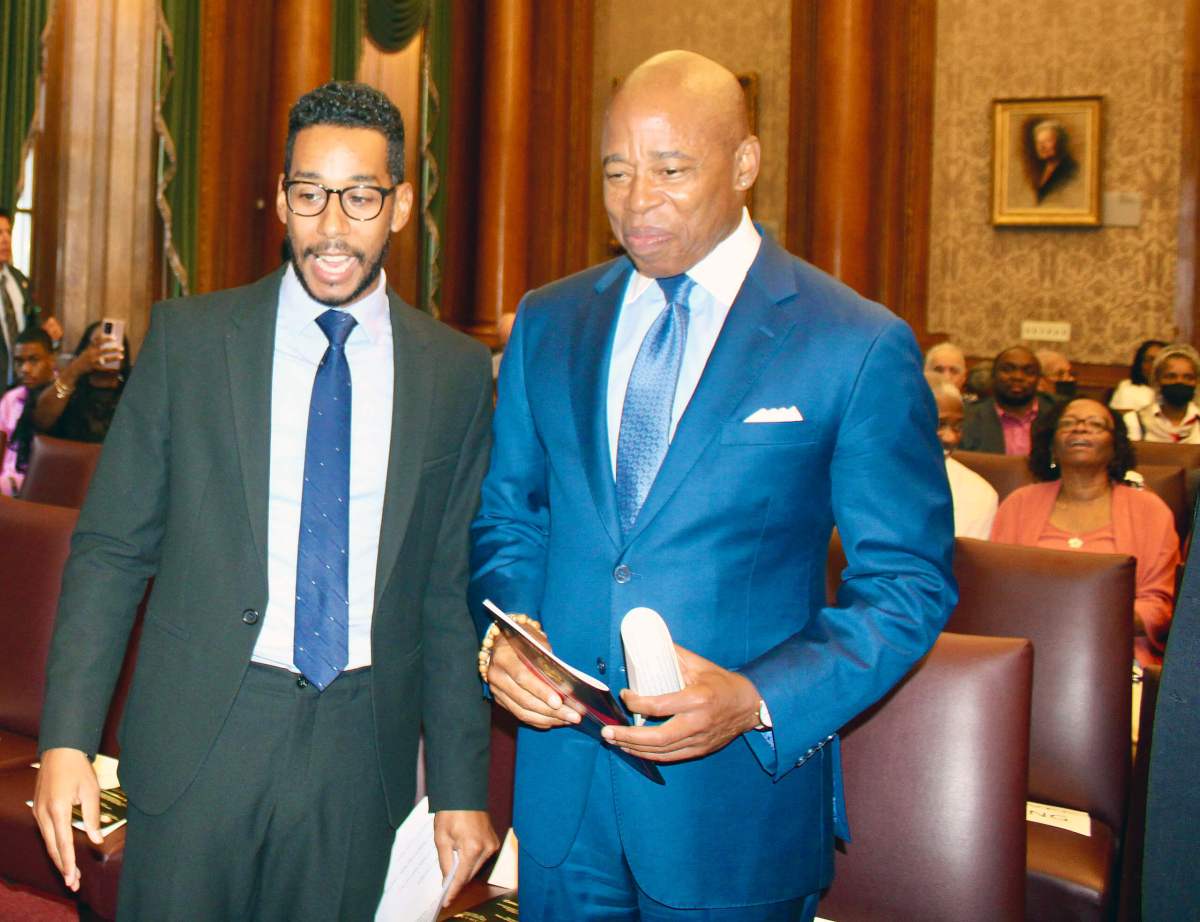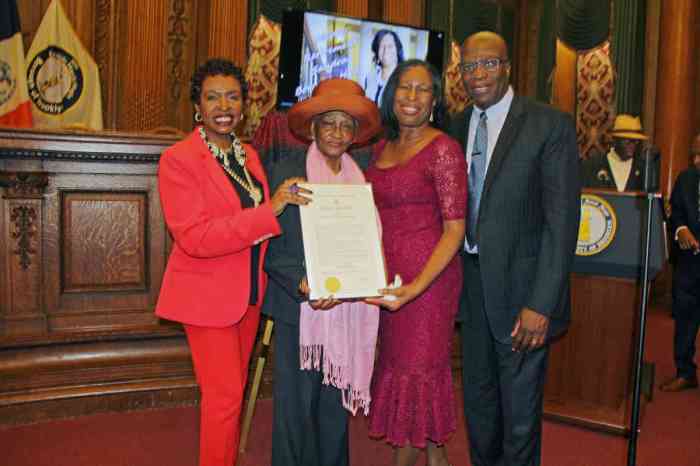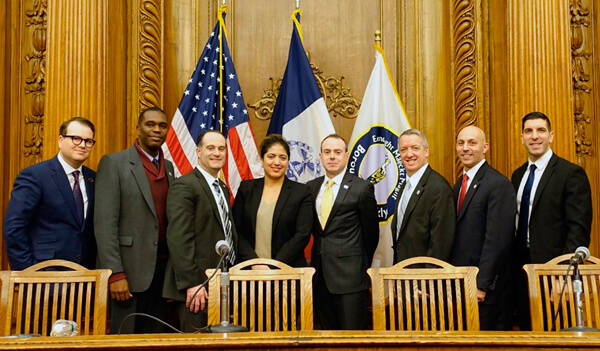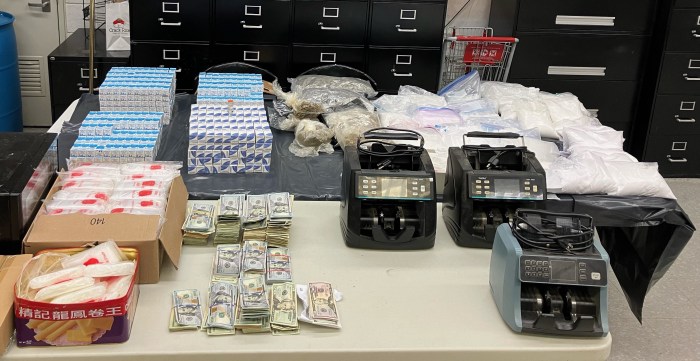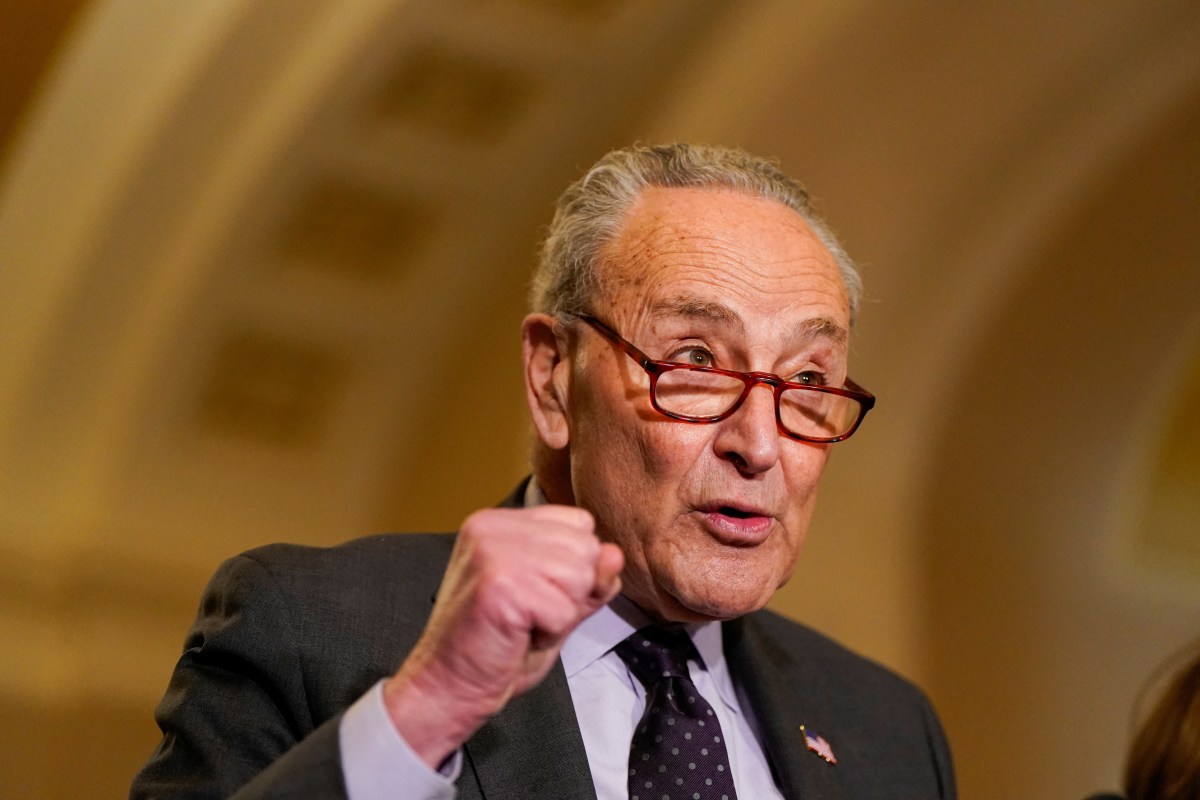In a statement to Caribbean Life, Brooklyn Borough President, Antonio Reynoso said that he recently proposed three legal opportunities for Governor Kathy Hochul, Mayor Eric Adams, and the City Council to address the deep need for immediate shelter and long-term, affordable housing in and around New York City. The proposals would also advance a regional, comprehensive response to the influx of asylum-seekers in New York that call for the participation of private landlords, businesses, and other members of the sector.
Public Advocate Jumaane Williams, Council Member Alexa Avilés, Council Member Rita Joseph, Council Member Chi Ossé, Council Member Lincoln Restler, and representatives from the offices of State Senator Andrew Gounardes, State Senator Julia Salazar, and Assembly Member Phara Souffrant Forrest have joined the Borough president in his proposals.
“Immigration is a national issue and must be met with a national solution. But just because President Biden is declining to show up in any real way for the cities that are taking in thousands and thousands of people seeking asylum, and just because we here in Brooklyn can’t do everything, doesn’t mean we can’t do something,” said Brooklyn Borough President Reynoso.
“This is about our city and State showing up — along with every New Yorker and every neighborhood – to put forward creative solutions that help us get people into stable, dignified housing and protect the rights and dignity of people arriving here from the border. The people are not the crisis — homelessness and our defunded city services are the crisis. I call on the City Council, Mayor Adams, and Governor Hochul to take legal steps toward empowering our government to get those who have been stuck in our shelter system the longest into the tens of thousands of apartments that sit vacant and ensuring the communities outside of New York City contribute to the greater good as well.”
The Borough president’s proposed actions at the city level have the potential to open up tens of thousands of vacant apartments that are currently unlisted and/or unleased to those who are experiencing homelessness — with deference given to those who have been in city shelters longest — making space in city shelters for people and families arriving to New York in seek of asylum. At the state level, Borough President Reynoso’s proposal could compel municipal governments outside of but near New York City to collaborate in providing temporary shelter and contribute their fair share of affordable housing in the long term
Borough President Reynoso’s call for intervention comes at a time when President Biden and the U.S. Congress has failed to show up with meaningful aid despite immigration being a federal issue. Earlier in May, the Federal Emergency Management Agency (FEMA) announced its first allocation of funding to New York City’s Office of Emergency Management (OEM) for migrants: a measly total of $30.5 million. The City already has spent more than $1 billion on asylum seekers and anticipate spending four times that in the next year. Governor Hochul allocated $1 billion to New York City for support on the migrant situation in her FY24 executive budget passed early February.
More specifically, in the interest of the people of Brooklyn, the well-being of all New Yorkers, and the rights of asylum-seekers, Borough President Reynoso today called upon:
The New York City Council to pass legislation directing the Mayor to use government power to solve the homelessness crisis through the private sector. Such legislation should (1) add the arrival of migrants as an emergency under the Administrative Code, (2) direct the Mayor and City to lease market apartments for housing homeless families toward creating space in our shelter for new arrivals, (3) require landlords to prioritize renting to the City at the market-rate to alleviate the burden, and (4) ban the refusal to rent apartments to the City during an emergency crisis.
Additional Context: Right now, 80,000 New Yorkers — roughly two thirds of whom are families with children — are living in city shelters. More than 41,400 people seeking asylum — including some counted toward shelter beds – are in city care. Despite the profound need for safe, dignified housing, around 89,000 rent-stabilized apartments and tens of thousands more in market-rate apartments might be sitting vacant, based on the NYC Department of Housing Preservation and Development’s (HPD) 2022 Housing and Vacancy Survey. Many of these empty apartments are the result of “warehousing,” when a landlord declines to list their apartments for rent to keep housing stock low and rents high. Apart from vacant housing, around 94 million square feet of commercial real estate in Manhattan is also estimated to be sitting available for lease.
Mayor Adams to issue a new emergency executive order declaring a public emergency over homelessness, and not just the arrival of migrants, as the shelter population exceeds a threshold of 0.5% of the City’s population. Upon declaring homelessness a crisis, Mayor Adams must also seek state assistance from Governor Hochul under Section 24[7] of the Executive Law. Both actions would unlock broader government power to address the root of this crisis.
Governor Hochul to exercise state power for solutions under her emergency declaration issued on May 10, 2023. Solutions would involve not only offering New York City the help of state personnel and use of state facilities under Section 29 of the Executive Law but also the suspension, under Section 29-a of the Executive Law of local laws that other municipal governments around New York City have invoked to dodge this humanitarian crisis. These are laws such as those Rockland County invoked to block motels and hotels willing to help as well as laws long preventing the construction of affordable housing around surrounding counties that would alleviate the crisis.


